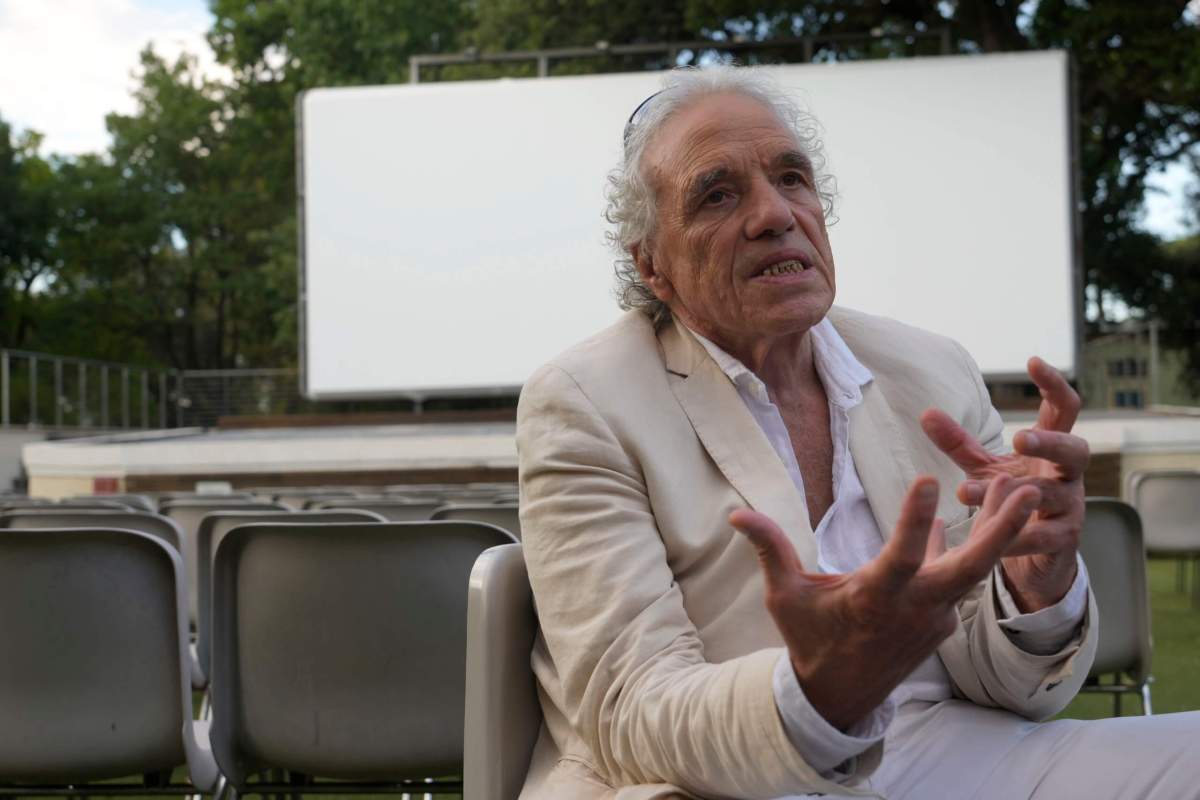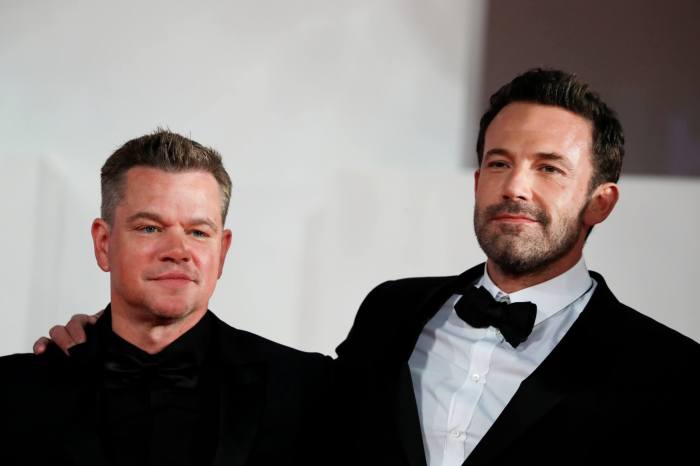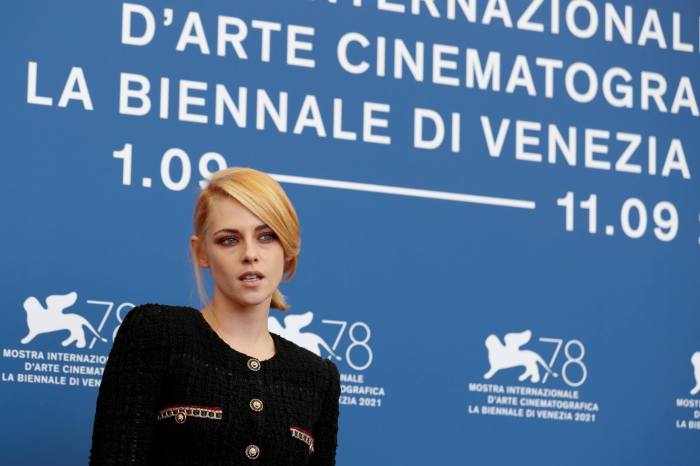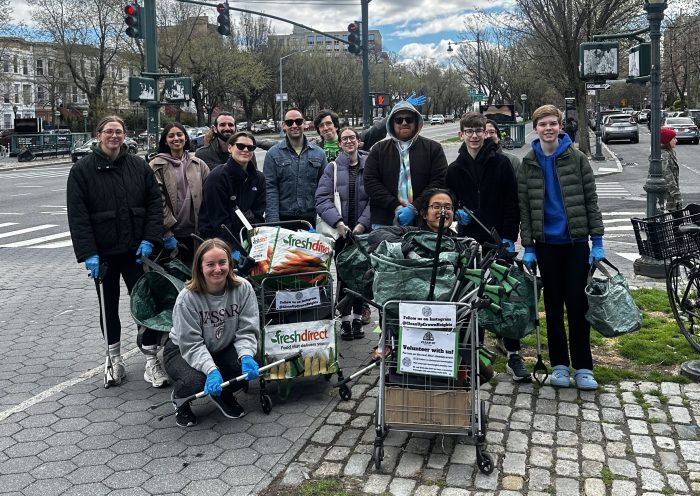Abel Ferrara, whose gritty New York exploitation films of the 1980s and 1990s delved into the soulless evils of drug addiction, corruption and sexual violence, pays homage to one of Italy’s best-known and most revered saints in his newest film, “Padre Pio.”
That the film, which stars Shia LaBeouf and premieres at the Venice Film Festival next week, confirms a change of pace for the cult director is an understatement, one that Ferrara, 71, chalks up to a decade of sobriety and a new life in Italy.
“Once we kicked the drugs and the alcohol, we started to see a different way of life, of living in a different life,” the “Bad Lieutenant” director said in an interview in his new hometown of Rome. “I think it’s more just trying to get our game right.”
The film chronicles a particular moment in the 20th century history of Italy and Padre Pio, the mystic Capuchin monk best known for having displayed the “stigmata” wounds of Christ: He bled from his hands, feet and sides. Padre Pio died in 1968 and was canonized in 2002 by St. John Paul II, going on to become one of the most popular saints in Italy, the U.S. and beyond.
Ferrara’s treatment is no biopic, and frankly ignores some of the juiciest bits of the Padre Pio saga, which involved a dozen Vatican investigations into purported dalliances with women, alleged financial improprieties and doubts about the stigmatas. In their place, Ferrara weaves a parallel tale about the beginnings of fascism in Italy that is, unexpectedly, utterly relevant today.
The film takes as its starting point Padre Pio’s arrival at a Capuchin monastery in San Giovanni Rotondo, a poverty-wracked town in southern Italy, at the time its soldiers were returning home from World War I. The town was almost feudal-like, with the Catholic Church and wealthy large landowners trying to hold onto power amid the first inklings of Italy’s post-war socialist movement that saw factory unrest and peasant strikes.
That social unrest erupted into a little-known police massacre of peasants in San Giovanni after the socialists won a 1920 local election, the results of which the entrenched, church-backed ruling class refused to respect. When the winning socialists tried to hang their red flag on the municipal building and install their mayor on Oct. 14, 1920, police were on hand, shots rang out and 14 people were killed and 80 injured. For Ferrara, the “Massacre of San Giovanni Rotondo” helped foretell the spread of fascism in Italy.
Ferrara, who has lived in Italy for some two decades, began making the film five years ago, long before the Jan. 6 insurrection in his native U.S., in which supporters of President Donald Trump stormed the U.S. Capitol after refusing to respect the results of the 2020 election, or the rise of the far-right Brothers of Italy party in his adopted country. The Brothers of Italy, which has neo-fascist roots, leads the polls ahead of Italian parliamentary elections next month. Add to the mix Russia’s invasion of Ukraine, and Ferrara sees history repeating itself.
“When Jan. 6 happens after you’ve been working on this film for five years, it’s like: Right, elections are great until you lose,” he said.
The film is dedicated to the victims of the 1920 massacre as well as the people of Ukraine. Why? “What I’m looking at is a rerun of World War II. Seventy-five million people died 70 years ago. That’s like, yesterday. It’s happening right in front of our eyes,” he said.
The context of the film, he said solemnly, is: “You’re looking at the end of the world.”
Ferrara’s concern with Italian history, Catholicism and his fascination with Padre Pio are not new: The Bronx-born Ferrara was raised Catholic and introduced to both Italy and the saint by his grandfather, who was born in a town not far from Padre Pio’s hometown of Pietrelcina.
Those interests have emerged in Ferrara’s more recent films, including “Pasolini” which paid tribute to the scandalous life and violent death of Italian director Pier Paolo Pasolini and premiered at Venice in 2014; and “Mary,” about an actor (Juliette Binoche) playing Mary Magdalene in a film, which won the Grand Jury prize at Venice in 2005.
Both “Pasolini” and “Padre Pio” relied heavily on the diaries, writings and documentation of their subjects, and Ferrara first made a documentary about the saint’s life before deciding to zero in on the particular period of his arrival in San Giovanni Rotondo, his doubts about his faith and the events surrounding the 1920 massacre.
“I thought the confluence between the massacre and his stigmata both happening in the same place at the same time … I mean how could you not make a movie about that?” Ferrara said.
But Ferrara is well aware that his early genre work — he has done pornography, rape-revenge, the 1993 cult classic about a corrupt, drug-addicted cop “Bad Lieutenant,” and his earlier “The Driller Killer,” about a New York artist who randomly kills people with a power drill — gave him something of a reputation.
“Given the list of films I’d made you’d be wondering,” Ferrara admits. But he said church officials and the Capuchin friars who advised on set were entirely supportive of the project and its star, LaBeouf, who has admitted to alcoholism and has been accused by a former girlfriend of abuse. LaBeouf spent four months in a California monastery preparing for the role, Ferrara said, and has said the chance to play “Padre Pio” was a miracle for him personally.
“It’s just that these cats have got that optimistic take,” Ferrara said admiringly of the church. “Don’t judge someone on their worst moment.”


















